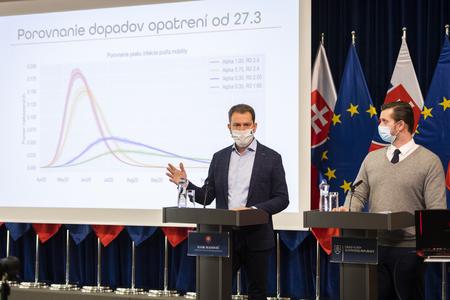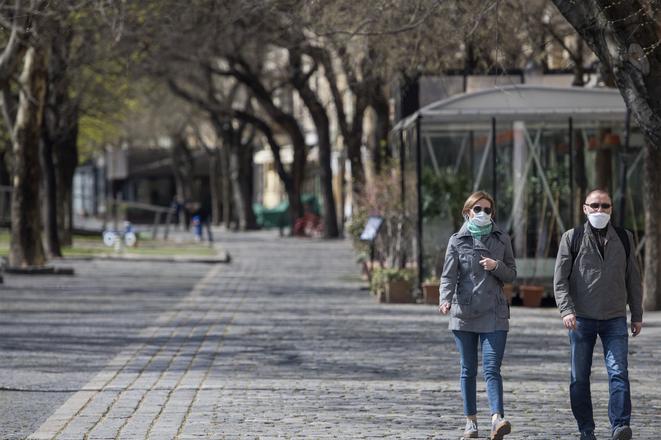Cancelled concerts, theatre shows, closed schools as well as most shops, public transport operating under reduced regime and much fewer people in the streets, all of them protecting their faces with masks or scarves. This is the picture of Bratislava today.
Currently about 160 people have been confirmed COVID-19 positive and there was one reported death in Bratislava. The next development will depend on sticking to adopted and possible new measures.
Our paywall policy:
The Slovak Spectator has decided to make all the articles on the special measures, statistics and basic information about the coronavirus available to everyone. If you appreciate our work and would like to support good journalism, please buy our subscription. We believe this is an issue where accurate and fact-based information is important for people to cope.
“The more disciplined and cohesive we are, the more we can slow the spread of this virus and the greater the chance our lives will return to normal,” said Bratislava Mayor Matúš Vallo in an interview with the Sme Video in mid-March.
Slovakia was relatively quick to adopt strict measures that have slowed the spread of the virus. The municipal council considers the lack of masks in the state reserves a failure. As consequence, Bratislava as well as other municipalities lacked masks and other protective equipment for its employees and the companies it runs.
“The measures the government is announcing without having prepared clear implementation guidelines have been causing complications for us, too,” Peter Bubla, spokesperson of the Bratislava city council, told The Slovak Spectator in response to measures adopted by the government so far. “We are also lacking information from the Bratislava Regional Public Health Authority.”
Three scenarios
To better predict what situations Bratislava might face the city council has published three possible development scenarios. These will help the city better prepare for the fulfilment of its basic functions, like waste management, water management, social services and care for seniors and the homeless, municipal police, cleaning of public spaces, funerals, schools and kindergartens, and so on.
“The city is facing many key decisions and we need to know what development scenarios we should prepare for,” said Bubla. “The state does not have such official city-level scenarios yet, so we have developed our own.”

The scenarios are based on the prediction elaborated by the Institute for Health Policy (IZP) think-tank running under the Health Ministry and introduced on March 31. The team at the Bratislava city council adapted this model on Bratislava, while it kept mobility input data. In terms of the population, it based the scenarios on the number of people who stay in the city during the working day – 681,000 people, of whom 558,000 also live here.


 Empty streets of Bratislava. (source: TASR)
Empty streets of Bratislava. (source: TASR)